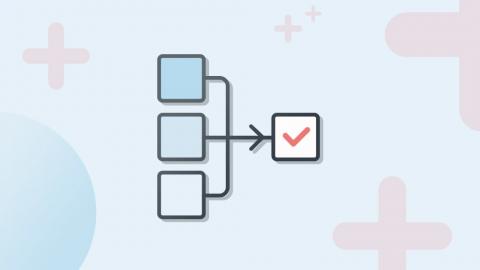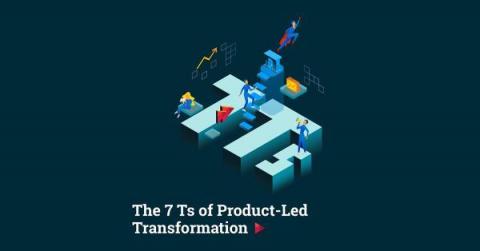Make the leap to Hybrid with Cloudera Data Engineering
Note: This is part 2 of the Make the Leap New Year’s Resolution series. For part 1 please go here. When we introduced Cloudera Data Engineering (CDE) in the Public Cloud in 2020 it was a culmination of many years of working alongside companies as they deployed Apache Spark based ETL workloads at scale.








